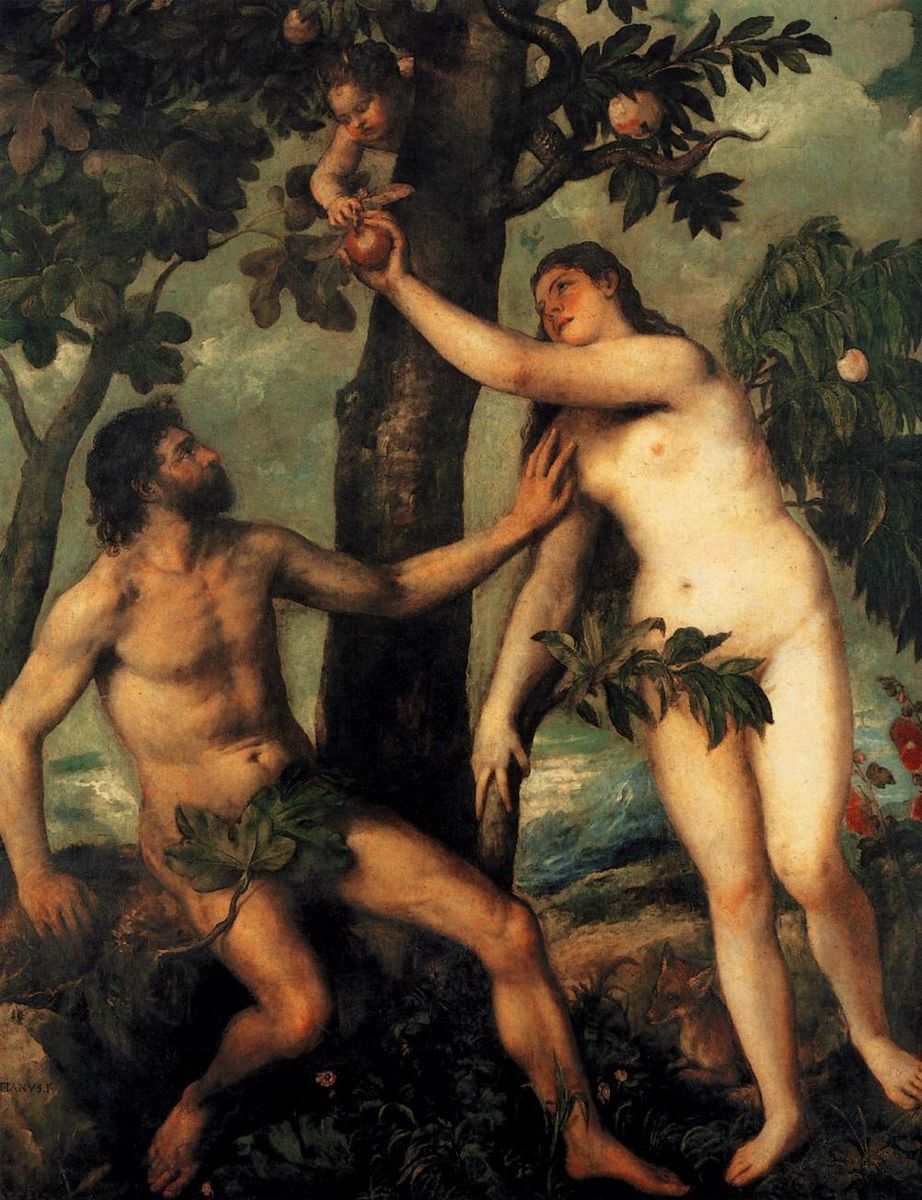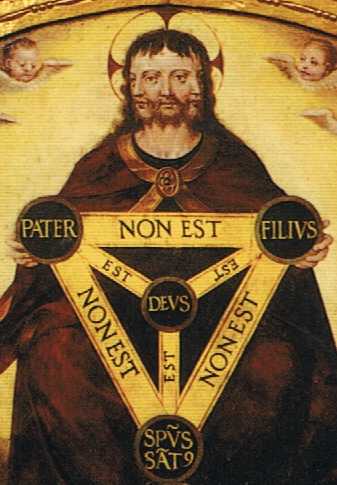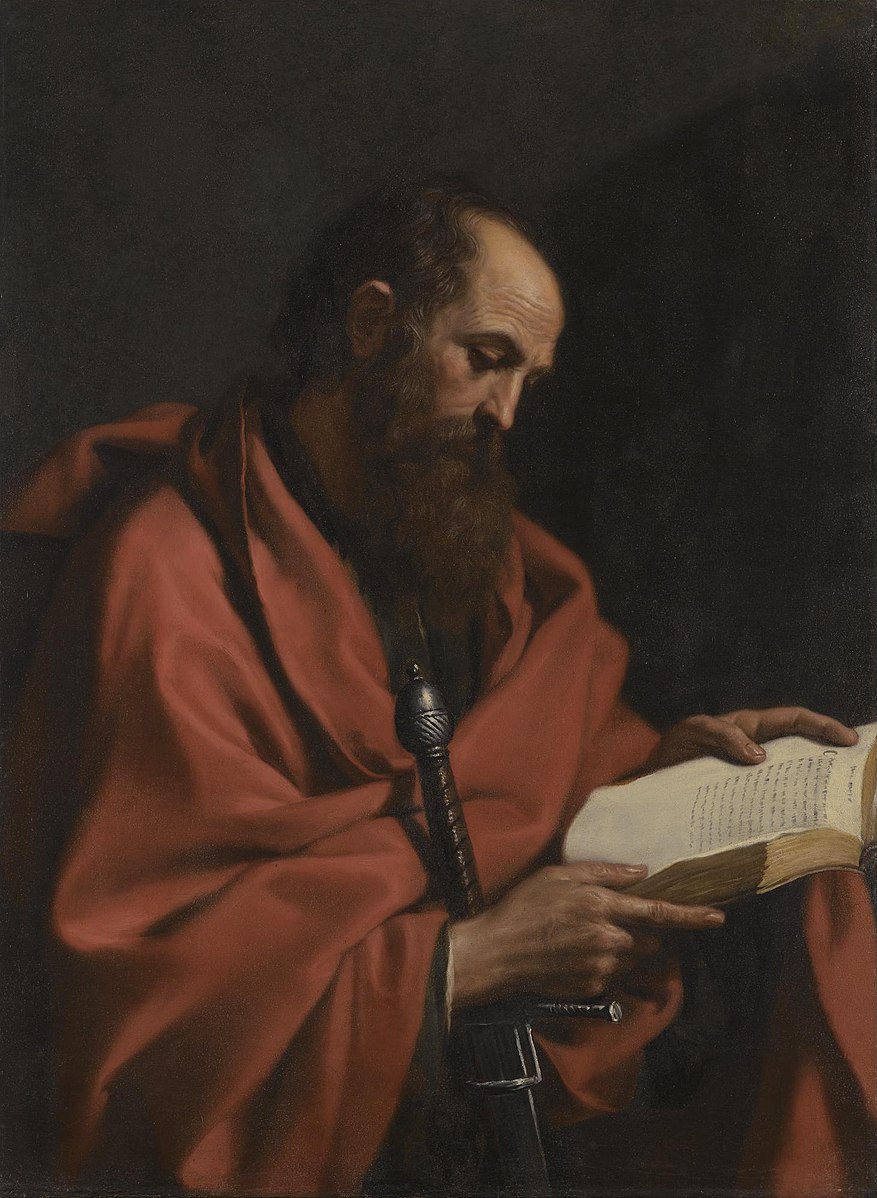By Susan Ciancio
Over the course of 129 general audiences—from September 5, 1979, through November 28, 1984—Pope John Paul II taught about God’s love, our relationship with Him and with others, and God’s desire to watch us grow in love and fullness with Him. This collection of papal addresses is now known as the Theology of the Body.
These papal addresses discuss the many ways in which we, as human beings, love others and mirror God’s love, but they also specifically teach about the goodness of a man’s relationship with a woman and about how their union becomes fruitful and creates a family.
This message is so important, especially in today’s world. Why? Because we know that, as Paul VI said in Humanae Vitae, “the family is the primary unit in the state.” In other words, the family is the foundation of society. As St. John Paul II said in a 1986 homily:
Many couples are unsure of the meaning of their relationship, and this causes them much turmoil and suffering. On the other hand, many other couples are stronger because, having overcome modern pressures, they exercise more fully that special love and responsibility of the marriage covenant which make them see children as God’s special gift to the[m] and to society. As the family goes, so goes the nation, and so goes the whole world in which we live.
If we are to understand our role in this world, in this family of God, we must first understand our role in our own families. It is that understanding of love—and the exercising of that love—that will lead us to a deeper understanding of God’s love.
Photo from Max Pixel
Family in the Theology of the Body: Reflection of the Trinity
God is love. Because He is love, He cannot help but create. In Genesis we read that God created Adam in His image and likeness. And though God had also created animals, Adam was lonely. He had no one to bond with, no one to form a union with. God saw his loneliness and said, “It is not good for man to be alone,” and so He created woman—also in His likeness. When Adam saw her, he said, “This one, at last, is bone of my bones and flesh of my flesh; this one shall be called ‘woman,’ for out of man this one has been taken” (Gen. 2:23).
In TOB, Pope John Paul II explains: “The body, and it alone, is capable of making visible what is invisible: the spiritual and the divine. It was created to transfer into the visible reality of the world the mystery hidden since time immemorial in God, and thus be a sign of it.”
Because God’s love is so immense, He desired for us to share in that love. Because we cannot physically see Him, He wanted to give us tangible evidence of the Trinitarian love shared among the Father, Son, and Holy Spirit. To that end, John Paul II explains the “nuptial meaning” of the body, teaching that man and woman each have a call to become a gift to the other and to experience the communion of the Trinity. Further, this gift, which can only be fully realized in the sexual union, has the potential to bring about another gift—a child also created in God’s image and likeness.
Adam and Eve ~ Titian (PD-US-expired)
St. John Paul II taught:
We can then deduce that man became the “image and likeness” of God not only through his own humanity, but also through the communion of persons which man and woman form right from the beginning. The function of the image is to reflect the one who is the model, to reproduce its own prototype. Man becomes the image of God not so much in the moment of solitude as in the moment of communion. Right “from the beginning,” he is not only an image in which the solitude of a person who rules the world is reflected, but also, and essentially, an image of an inscrutable divine communion of persons. In this way, the second narrative could also be a preparation for understanding the Trinitarian concept of the “image of God,” even if the latter appears only in the first narrative.
Edward Sri explains this well:
Since God exists as a communion of three divine Persons giving themselves completely in love to each other, man and woman—created in the image of the Trinity—are made to live not as isolated individuals, each seeking his or her own pleasure and advantage from the other. Rather, man and woman are made to live in an intimate personal communion of self-giving love, mirroring the inner life of the Trinity. In the end, human persons will find the happiness they long for when they learn to live like the Trinity, giving themselves in love to others.

Trinity ~ Jeronimo Cosida (PD-US-expired)
The pope teaches that God’s love is manifested through the creation of our bodies, that our bodies are good, and that what we do with them matters. According to John Paul II, when we live as God intends according to the nuptial meaning of our bodies, man becomes “capable of expressing the love with which the man-person becomes a gift, thus fulfilling the deep meaning of his being and his existence.”
This is God’s gift to us as a foreshadowing of something greater. This foreshadowing shows the love He has for us and the communion we will experience when we reach heaven.
Most importantly, John Paul II is saying that this self-giving love is the meaning of our existence!
The Gift of Parenthood
When a couple vows before God to spend the rest of their lives together, each has the responsibility to remain open to the gift of new life. As the Church teaches and has always taught, a couple must never use artificial means to thwart the creation of a child, for this would be like refusing or rejecting a gift from God. Regarding artificial contraception, the pope says: “The resort to artificial means [of contraception] destroys the constitutive dimension of the person. It deprives man of the subjectivity proper to him and makes him an object of manipulation.”
An object of manipulation. Remember, we are created in the image and likeness of God. And as such, our bodies are temples of the Holy Spirit. When we choose to love only partially or to hold back some of that love—as is what happens when we use artificial means of contraception—we are loving with only a part of our selves.
To explain why this is harmful, John Paul quotes Humanae Vitae:
Another effect that gives cause for alarm is that a man who grows accustomed to the use of contraceptive methods may forget the reverence due to a woman, and, disregarding her physical and emotional equilibrium, reduce her to being a mere instrument for the satisfaction of his own desires, no longer considering her as his partner whom he should surround with care and affection.
And if a woman becomes the object of manipulation, what does this say about the gift of our selves or the gift of a child? Are we not then devaluing the sex act to something less than what God intended?
Christopher West explains it well when he discusses the difference between icons and idols. An icon is something like an image of Christ that gives us a glimpse into the goodness of God and reminds us of His love. We do not worship the icon. Instead, this icon points us to Him. If we were to worship this icon, it would become an idol. West explains that the sexual act, when used for “fun” or merely as a pastime, becomes an idol. We begin to worship the act, and we develop a distorted view of love.
God wants more than this for His children. He wants us to return to communion with Him and with one another so that we can enter the fullness of His love.
The Family as a Community of Love
A family begins with the parents and is sustained by the parents.
When a husband and wife stay true to the nuptial meaning of the body and remain open to the blessing of children, they follow God’s original desire for the creation of families. When a family is created, each member must take care to nurture the relationship among the members so that the unit functions properly.
To help us understand each person’s role, Pope John Paul II discusses St. Paul’s letter to the Ephesians.
Saint Paul ~ Giovanni Francesco Barbieri
St. Paul’s Teachings
St. Paul tells spouses:
Be subordinate to one another out of reverence for Christ. Wives should be subordinate to their husbands as to the Lord. For the husband is head of his wife just as Christ is head of the church, he himself the savior of the body. As the church is subordinate to Christ, so wives should be subordinate to their husbands in everything. Husbands, love your wives, even as Christ loved the church and handed himself over for her to sanctify her, cleansing her by the bath of water with the word, that he might present to himself the church in splendor, without spot or wrinkle or any such thing, that she might be holy and without blemish. So [also] husbands should love their wives as their own bodies. He who loves his wife loves himself. (Eph. 5:21-28)
Some people erroneously read St. Paul’s words and think that he is saying the husband should dominate or control his wife. That couldn’t be further from the truth. According to Pope John Paul, St. Paul is teaching that the “wife can and should find in her relationship with Christ—who is the one Lord of both the spouses—the motivation of that relationship with her husband which flows from the very essence of marriage and of the family.”
The pontiff then goes on to say that the husband and wife are “subject to one another” and that “Christ is the source and at the same time the model of that subjection, which, being reciprocal ‘out of reverence for Christ,’ confers on the conjugal union a profound and mature character.”
This beautiful image helps us see God’s original intent for marriages and for families. Each person is a gift to the other and treats each other as a gift. The husband should strive to love his wife just as Christ loves the Church. That is a love we can only begin to fathom! Husbands should have the same kind of pure love that Christ had when He gave His body for our salvation. And wives should look to their husbands for guidance and leadership, just as both spouses together look to God.
Then, through this mutual love, the husband and wife create a child and bring him up lovingly in the faith, helping him understand his role in the family. As St. Paul teaches, children must obey and honor their parents, for their parents represent the Father here on earth (Eph. 6).
Imagine how beautiful and Godly all marriages would be if all spouses and families understood and lived this kind of love!

Final Thoughts
The Catechism of the Catholic Church teaches that “a man and a woman united in marriage, together with their children, form a family” (2202). The Catechism goes on to say that “in creating man and woman, God instituted the human family and endowed it with its fundamental constitution. Its members are persons equal in dignity. For the common good of its members and of society, the family necessarily has manifold responsibilities, rights, and duties” (2203).
The family is the cornerstone of society. Through the Theology of the Body, Pope John Paul II attempts to teach not only the dignity of each member of the family, but also the importance of the family unit and the role each member plays in their household and within the community.
When we take his message to heart and strive to live according to God’s original plan, we will become closer to that full communion with the Trinity that God desires for us.
This article has been reprinted with permission and can be found at hli.org/resources/family-in-the-theology-of-the-body.